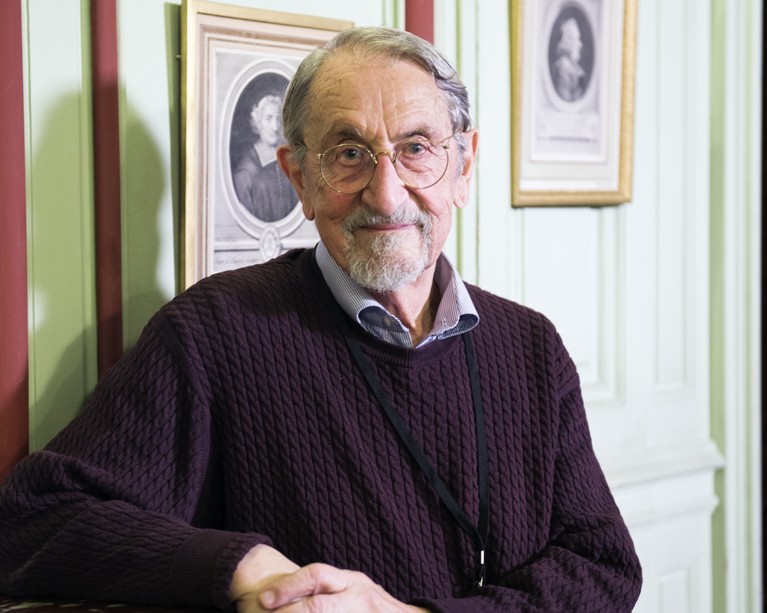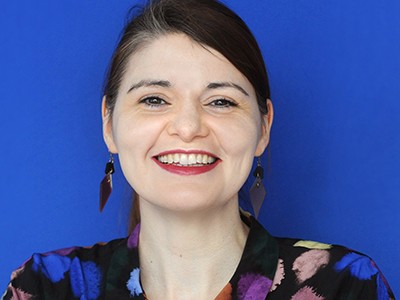
Credit: Cyril Frésillon/CNRS Photothèque
Martin Karplus was a theoretical chemist who set out to explore the fundamentals of his subject, but always with an eye to the broadest possible applications in the real world. He seized the potential of computers to simulate the interactions between molecules at scales represented by both classical physics and quantum mechanics. His simulations of complex biological systems revealed the atomic details of how macromolecules such as proteins function. Since their origins in the 1970s, the theoretical methods developed by Karplus and others have been greatly extended and applied in biology, chemistry, chemical physics and biophysics. The 2013 Nobel Prize in Chemistry was awarded to Karplus, Arieh Warshel and Michael Levitt for their development of multiscale methods. Karplus has died aged 94.
Karplus was born in Vienna, into a family with a long history of scientists, physicians and psychiatrists. In 1938, they fled the Nazi regime, finally settling in the Boston area of Massachusetts. At secondary school, he developed a curiosity for biology, stimulated by his interest in birdwatching, which included a field trip to Alaska. He published his first paper, on ornithology, in 1947 at age 17. The same year, he won the nationwide Westinghouse Science Talent Search competition, for a project on the lives of the auks of the eastern US seaboard.
Citizen scientists can be chemists: give them a chance
As an undergraduate at Harvard University in Cambridge, Massachusetts, he gave up his initial plan to study medicine, instead receiving a degree in chemistry and physics in 1951. Keen to pursue research into the molecular basis of life, Karplus went to the California Institute of Technology in Pasadena, where he applied a quantum mechanical approach to hydrogen bonding for his PhD, under the guidance of Linus Pauling.
During two years at the University of Oxford, UK, Karplus became interested in investigating the theoretical basis of nuclear magnetic resonance (NMR) as it applied to chemistry. In 1955, he joined the University of Illinois at Urbana–Champaign (UIUC), which had an experimental NMR programme. He undertook his landmark quantum mechanical investigation, leading to what is now called the Karplus equation. This equation uses data from NMR experiments to describe how the magnitude of the nuclear spins of certain sets of atoms is linked to their spatial relationships with one another. This equation provides insights into the structure of chemicals ranging from small organic molecules to macromolecules, and is used to this day to determine of the structures of proteins, nucleic acids and carbohydrates.
Moving to IBM’s Watson Scientific Laboratory at Columbia University in New York City in 1960 gave Karplus access to the best scientific supercomputers available at the time. He began with studies on the kinetics of chemical reactions, investigating the simple reaction H + H2 using Newton’s classical equations of motion. These efforts pre-dated quantum mechanical studies on this system by nearly a decade, showing the power of the more-approximate classical approaches in the field of theoretical chemistry.


